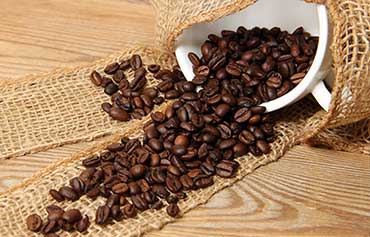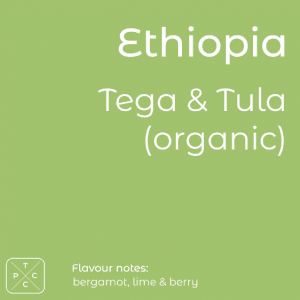
Arabica vs Robusta Coffee Beans – What’s the Difference?
Arabica
vs
Robusta
Whether you’re a supermarket regular, a loyal patron of the local coffee shop, or someone who’s learning to ditch 3-in-1 packs for actual whole coffee beans, then you might be familiar with these two terms: Arabica and Robusta. Best known as every barista’s best friend, these two beans have made their impacts on modern coffee culture and now play a crucial role in giving almost every cup of coffee in its magic.
Ever since they were discovered during the 15th century during an expedition to Ethiopia, both arabica and robusta come from unique coffee trees and hold a rich history of being the world’s most famous grains. From caramel macchiatos and lattes to espressos and “bulletproof” coffee, these beans are widely used because of their availability and strong flavour notes.
Despite their storied past and key role in being a morning power booster, there’s one question about these two types of coffee that many still find themselves asking: “What’s the difference between Arabica and Robusta coffee beans?”
While both of these beans definitely have their significant impacts on the global economy, the truth is that they have a significant number of differences.
If you’re looking to know your daily brew better, here’s everything you need to know about telling both grains apart:
So? What's
the Difference?
GROWTH AREAS
One of the biggest differences between both of these grains is the environment that they grow, thrive, and fully mature in for their distinct flavours and taste profiles.
Generally, arabica is slated to thrive better in higher altitudes as the milder temperatures and greater vegetation associated with such environments best cater to its needs and behaviours. An example of the prime locations for arabica growing and production are mountainous countries with higher altitudes, such as Brazil and the southwestern highlands of Ethiopia.
The robusta bean, on the other hand, best thrives in lower altitudes that are much closer to shore since the conditions of such environments create the best growing space. Countries, such as Vietnam, the Philippines, and Indonesia, have become production and exportation hubs of robusta because of their geographical locations and overall climate!
Aside from growth areas, all you really need to know when telling the difference between both of these beans is their distinct flavours. For arabica beans, it has a sweeter note, thanks to its higher sugar content, holds more flavour because of its oils, and is less bitter because of lower caffeine levels. While it may hold a set of desirable characteristics over its lower-dwelling counterpart, this bean has less body to it, which is why it’s sometimes mixed with robusta beans for a more well-rounded blend.
On the other hand, robusta has a rougher and more earthy flavour profile that gives it its characteristic punch and strength that is catered to more acquired tastes. As opposed to its subtler, smoother counterpart, this bean has a niche market that enjoys it whole because of its high caffeine content and depth of flavour!
FLAVOUR
CONCLUSION
Although they may seem similar at first, both arabica and robusta beans have their own differences that make them fit for certain types of coffee drinkers. If you want a stronger approach to your morning coffee, then robusta is definitely the way to do it. Likewise, if you want a smoother, more aromatic experience with your brew, then arabica is what you’re looking for, but don’t be afraid to blend both!
Are you looking to change the way you enjoy your cup of coffee with the best coffee beans online? Check out our online store today and browse through our hand-picked selection of arabica coffee, try our Columbia organic coffee, or take a look at our coffee subscription options!




